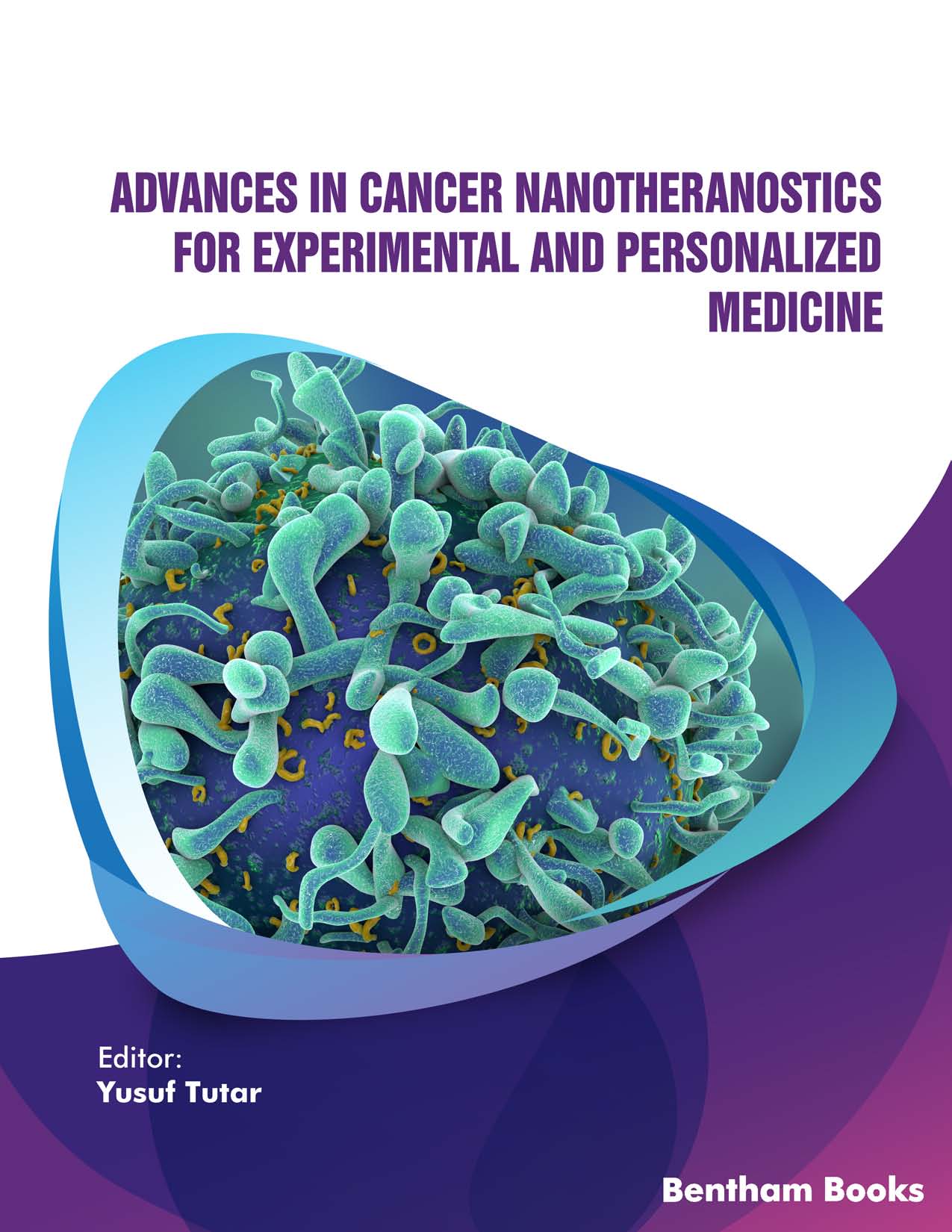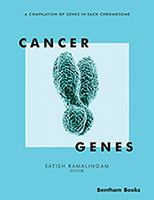Personalized medicine with novel therapeutic approaches provides direct targeting of macromolecules with contemporary drug delivery systems for treatment of severe diseases, including cancer. Nanotheranostic design offers increased bioavailability of the drugs through controlled release and distribution. Nanotheranostics also integrates diagnostic test with treatment of the disease. Recent advances in cancer studies revealed new genetic elements and factors that affect theranostic drug targeting approaches. Also, several tumors are challenging, and new treatment modalities are required. Molecular level mechanisms provide valuable information for therapy and innovative design for treatment. Several creative approaches have been proposed for theranostic therapy. For this reason, an updated approach over in vivo and translational properties of nanotheranostics with special emphasis on cancer will widen the scope of the readers/researchers with this e-book.
Chapter 1 despite significant advances in cancer therapy, many tumors are still challenging, and novel strategies are essential for treatment. Nanotheranostics use nanotechnology for diagnosis and therapy of cancer. Recent advancement in nanotechnology has provided novel types of nanomaterials composed of either organic- or polymer-based nanoparticles. Small alterations and modifications transform this carrier system with unique properties and optimize drug delivery and release. This chapter provides overview in cancer nanotheranostics field.
Chapter 2 overviews tumor microenvironment as prelude. This site regulates tumor progression and metastasis. Non-cellular components in this environment such as cytokines, chemokines, growth factors, inflammatory and matrix remodeling enzymes shape the progression of the disease by mediating the communication taking place between the tumor itself and its surrounding. This may prevent the benefits of therapeutical strategies. The chapter focuses on understanding the function and mechanism of these non-cellular components in the environment to elucidate obstacles in the treatment of cancer.
Chapter 3 covers immune system employment in fighting cancer cells to prevent tumor development. Immunotherapies are innovative cancer treatment. Nanomedical formulations modulate macrophages which can influence the tumor microenvironment, since macrophages target tumor environment. Macrophage may be used as trojan horse and its cargo may mediate gene and/or protein expression in the treatment regime. This section discusses improvements in cancer immunotherapies through this biological strategy.
Chapter 4 Gene and genome modification tools allow gene therapy through alteration of malignant genes and editing mutations for correction of errors. These innovative technologies deliver therapeutic nucleic acids to cells and tissues. Therefore, the success of gene therapy formulation is proportional to efficient delivery of the carrier and its nucleic acid cargo to a specific target and proper cellular uptake. The platforms have been developed for higher loading capacity, and low immunogenicity and toxicity. In chapter 4, the authors provide a review on different gene delivery vectors and platforms at the nanoscale.
Chapter 5 Oncology research applications may not yet fully suppress cancer-based mortalities and morbidities. Conventional therapeutic approaches have limitations as most research depends on coding genes. Human genome sequencing revealed that only 2-3 percent of the genome codes for genes and proteins however the rest is unknown. Further, heterogeneity among malignant tumors lead obstacles. Therefore, “precision medicine” in oncology and its extrapolation to “personalized treatment” for each cancer patient is essential. The chapter covers non-coding RNAs as biopharmaceutical tools in oncology. The new trend in drug design is covered in this section.
Chapter 6 Nanoparticles are convenient carrier systems based on their plasmonic and magnetic properties, active surface areas and various physicochemical properties. Development of therapeutic nanoparticles provides imaging modalities such as magnetic resonance imaging, radionuclide-based imaging; positron emission tomography and single-photon emission computed tomography and X-ray-computed tomography. Methodology and applications of the techniques are explained thoroughly in this chapter.
Chapter 7 covers practical clinical applications in chemotherapy and nuclear medicine. The simultaneous yield of imaging in radiologic and nuclear medicine applications and therapeutic agents offers diagnosis and treatment effectiveness in real-time.
This book covers recent advancements both in applied and in clinical research. Since targeting small organic molecules are common, the book mainly focused on DNA, protein and immunotherapy on cancer. Different applications for cancer treatment are in progress but basic strategies are similar. We hope this book will help not only early career scientists but also will help experienced researchers to widen the scope of their projects.
Yusuf TUTAR
University of Health Sciences,
Istanbul
Turkey





